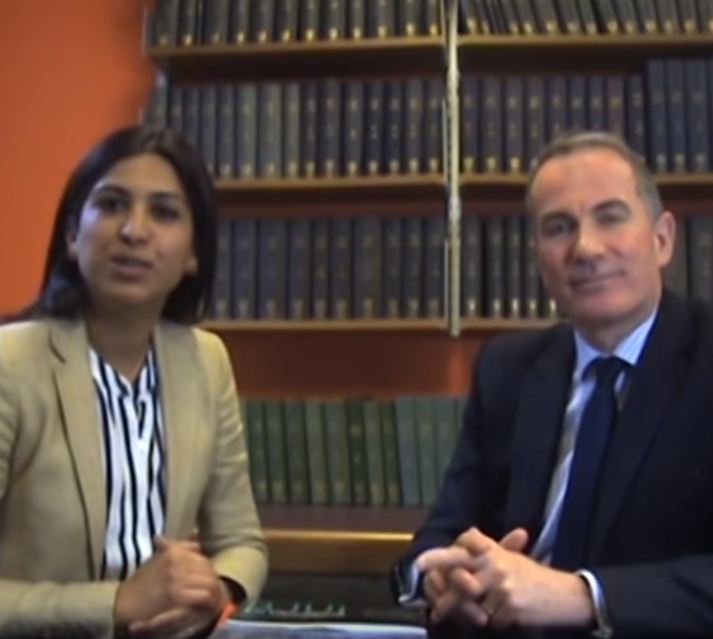
Video: Nephron-Sparing Surgery Across the UK
Nephron-sparing surgery across a nation – outcomes from the British Association of Urological Surgeons 2012 national partial nephrectomy audit
Archie Fernando*†, Sarah Fowler* and Tim O’Brien*†, on behalf of the British
Association of Urological Surgeons (BAUS)
*BAUS, The Royal College of Surgeons of England, and †The Urology Centre, Guy’s and St Thomas’ NHS Foundation Trust, London, UK
Objective
To determine the scope and outcomes of…
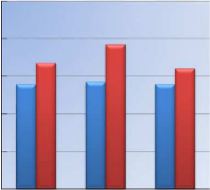
Article of the Week: DSNB for Penile Cancer
Every Week the Editor-in-Chief selects an Article of the Week from the current issue of BJUI. The abstract is reproduced below and you can click on the button to read the full article, which is freely available to all readers for at least 30 days from the time of this post.
In addition to the article itself, there is an accompanying editorial written by a prominent member of the urological community. This blog is intended to provoke comment and discussion and we invite you to use the comment…

Editorial: One Day Protocol for Early Penile Cancer – The Way to Go
The present article by Dimopoulos et al. [1] has some useful lessons on the development of new services. The authors have kept a detailed database of all patients going through their super-regional network, and have designed the protocol around the patient, whereby the primary and regional lymph nodes are dealt with in one visit. Previously, bilateral inguinal lymph node dissection (ILND) was so fraught with complications that it would not be combined routinely with organ-sparing surgery of the…
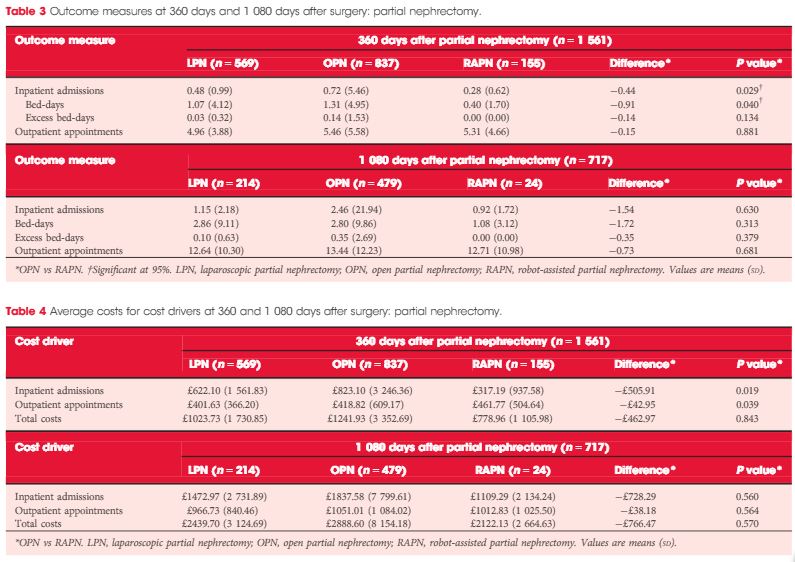
Article of the Week: Evaluating health resource use and secondary care costs for RP and partial nephrectomy
2 Comments
/
Every Week the Editor-in-Chief selects an Article of the Week from the current issue of BJUI. The abstract is reproduced below and you can click on the button to read the full article, which is freely available to all readers for at least 30 days from the time of this post.
In addition to the article itself, there is an accompanying editorial written by a prominent member of the urological community. This blog is intended to provoke comment and discussion and we invite you to use the comment…

Editorial: Cost-effectiveness of robotic surgery; what do we know?
The introduction of the daVinci robotic surgical system (Intuitive Surgical, Sunnyvale, CA, USA) has led to a continuous discussion about the cost-effectiveness of its use. The capital costs and extra costs per procedure for robot-assisted procedures are well known, but there are limited data on healthcare consumption in the longer term. In this issue of BJUI, a retrospective study investigated the NHS-registered, relevant care activities up to three years after surgery comparing robot-assisted,…

Video: Health resource use after robot-assisted surgery vs open and conventional laparoscopic techniques
Health resource use after robot-assisted surgery vs open and conventional laparoscopic techniques in oncology: analysis of English secondary care data for radical prostatectomy and partial nephrectomy
David Hughes*† ,Charlotte Camp*, Jamie O’Hara*† and Jim Adshead‡
*HCD Economics, Daresbury, †Faculty of Health and Social Care, University of Chester, Chester, and ‡Hertfordshire and South Bedfordshire Urological Cancer Centre, Department of Urology, Lister Hospital, Stevenage,…
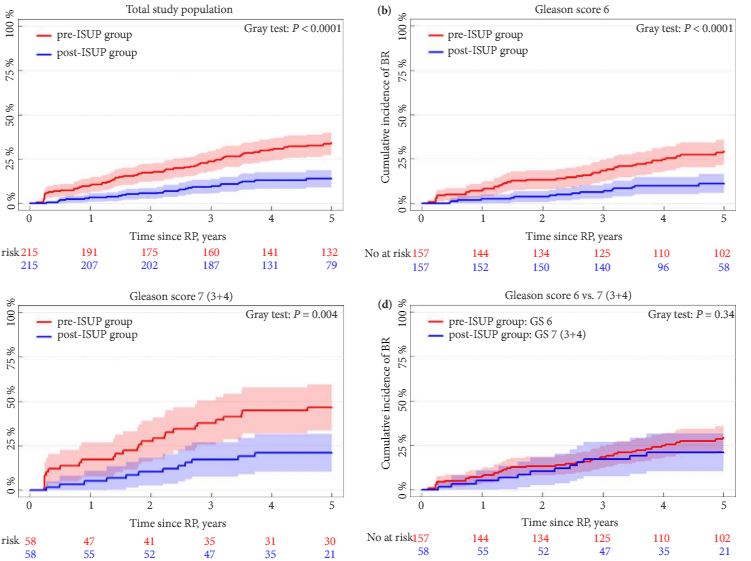
Article of the Month: Gleason Grading in the Spotlight
Every Month the Editor-in-Chief selects an Article of the Month from the current issue of BJUI. The abstract is reproduced below and you can click on the button to read the full article, which is freely available to all readers for at least 30 days from the time of this post.
In addition to the article itself, there is an accompanying editorial written by a prominent member of the urological community. This blog is intended to provoke comment and discussion and we invite you to use the comment…

Editorial: Current Gleason score 3 + 4 = 7: has it lost its significance compared with its historical counterpart?
Berg et al. [1] report that patients classified as Gleason score 7 (3 + 4) according to the revised grading system published in 2005 are to some extent similar to patients with pre-2005 Gleason score 6, at least in terms of risk of biochemical recurrence. The logical but not necessarily correct conclusion is that current patients with Gleason score 7 on biopsy are appropriate candidates for active surveillance.
What must be kept in mind is that, using the post-2005 revised grading…

Video: Gleason Grading in the Spotlight
The impact of the 2005 International Society of Urological Pathology consensus guidelines on Gleason grading – a matched pair analysis
Kasper D. Berg*, Frederik B. Thomsen*, Camilla Nerstrøm*, Martin A. Røder*, Peter Iversen*, Birgitte G. Toft†, Ben Vainer† and Klaus Brasso*
*Department of Urology, Copenhagen Prostate Cancer Center and †Department of Pathology, Rigshospitalet, University of Copenhagen, Copenhagen, Denmark
Objectives
To investigate…
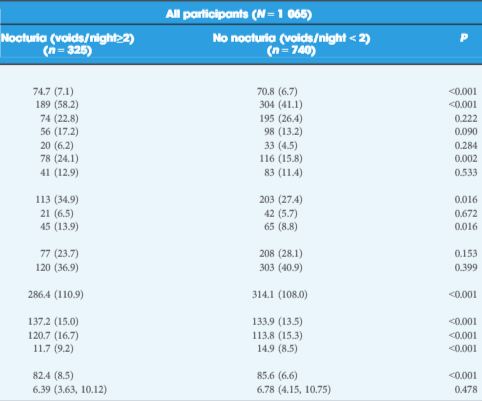
Article of the Week: Indoor cold exposure and nocturia
Every Week the Editor-in-Chief selects an Article of the Week from the current issue of BJUI. The abstract is reproduced below and you can click on the button to read the full article, which is freely available to all readers for at least 30 days from the time of this post.
In addition to the article itself, there is an accompanying editorial written by a prominent member of the urological community. This blog is intended to provoke comment and discussion and we invite you to use the comment…
